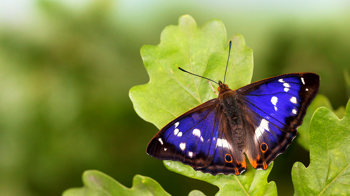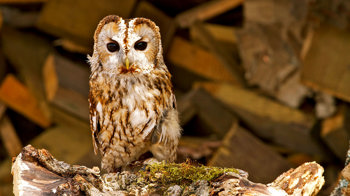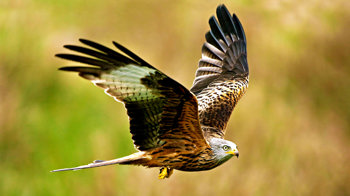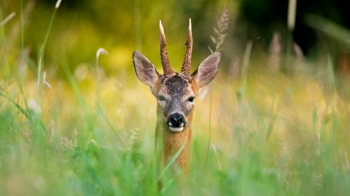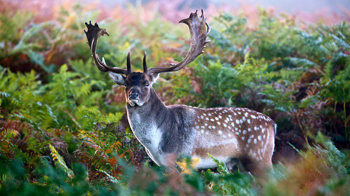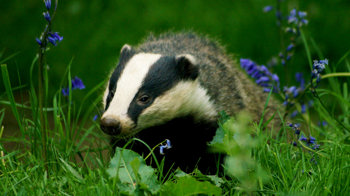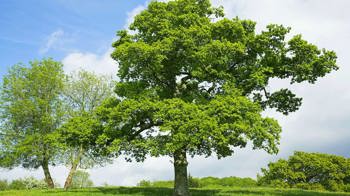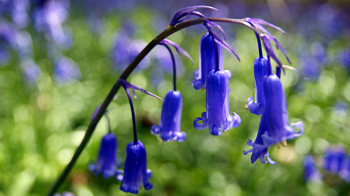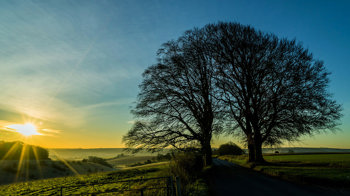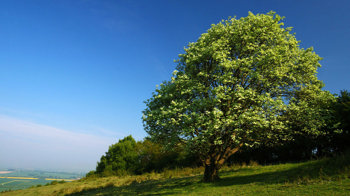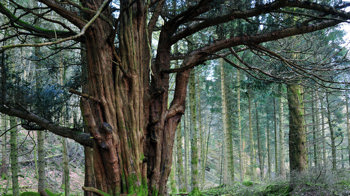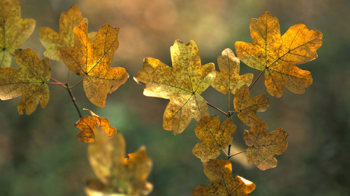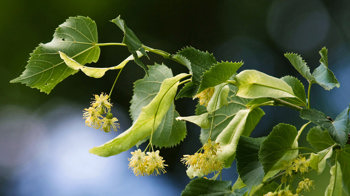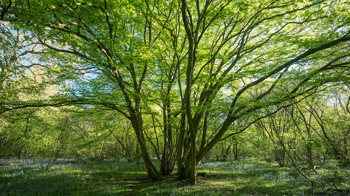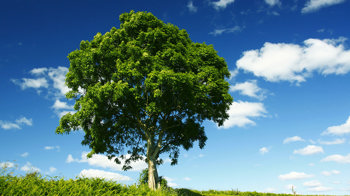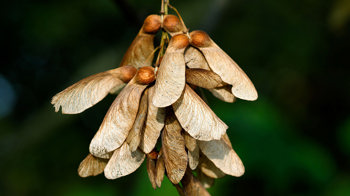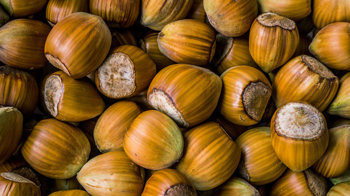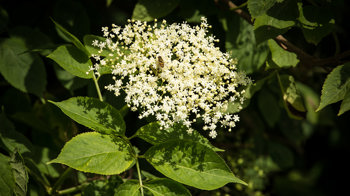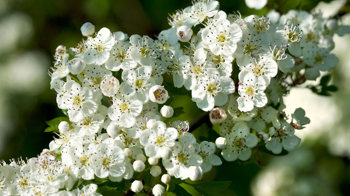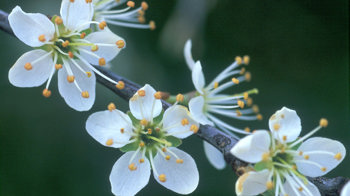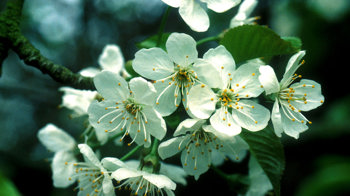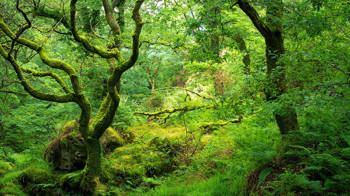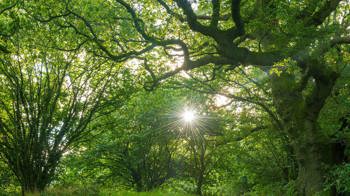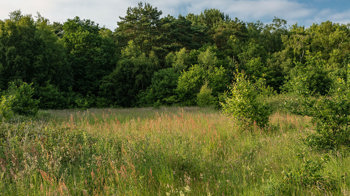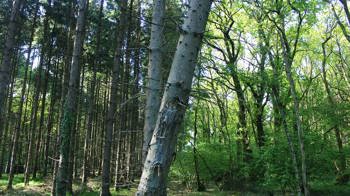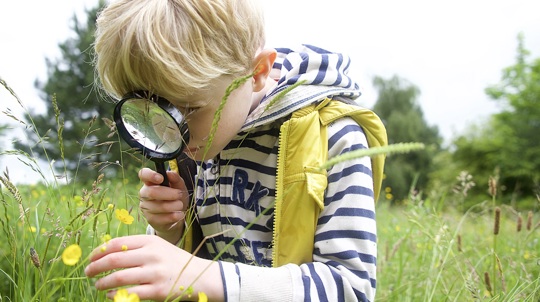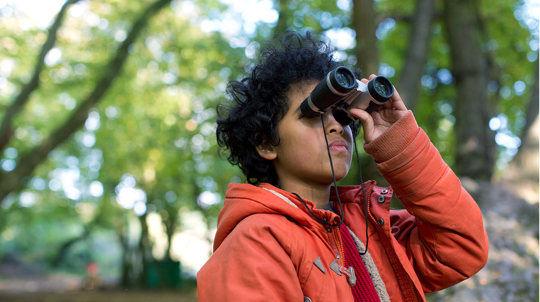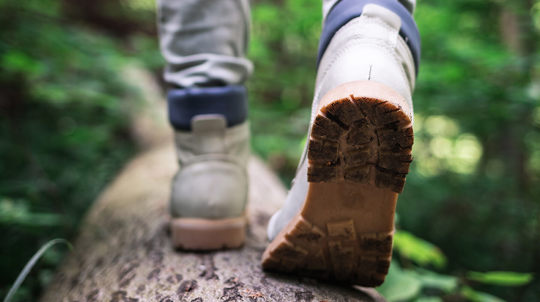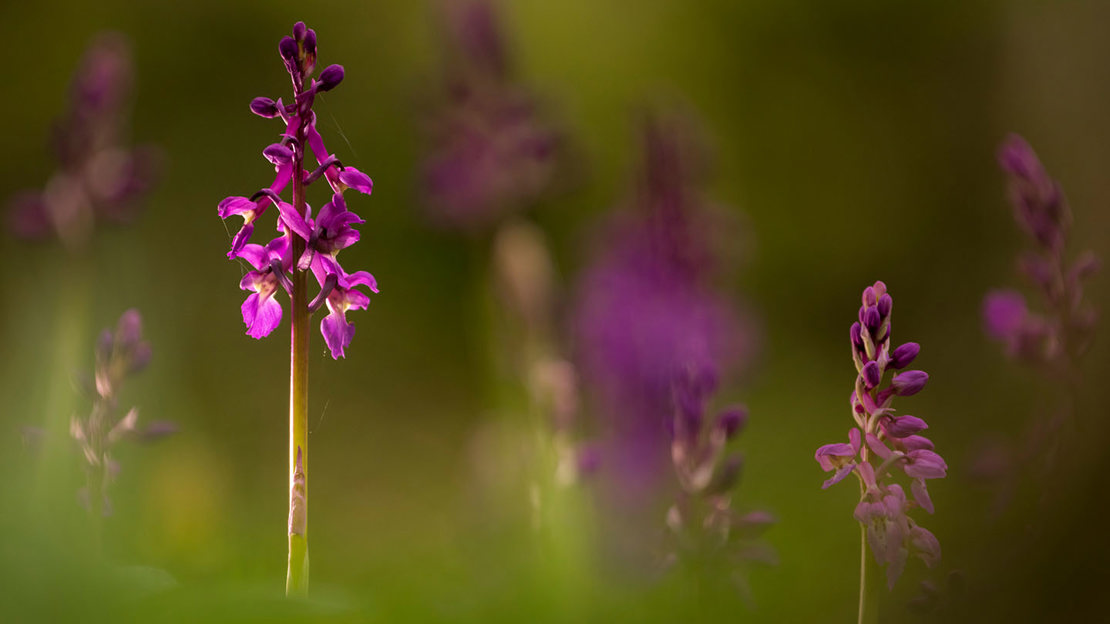The main access point is via a wide gate from the car park off Gangers Hill (to the south of Woldingham). This leads into the larger, eastern part of the woods. There is a stone-surfaced public bridleway running north, and another surfaced permissive bridleway to the left of this. Some short sections of the path from the main car park may be suitable for scooter users but not for wheelchair access. There are no surfaced paths in the western section of the wood.
Alternative access points are:
- The north end of the public bridleway which leads from the school
- The end of Church Road from St Agatha's Church (kissing gate)
- Two wide horse gates off Gangers Hill (one of which links to a public footpath)
- Pedestrian entrance at the north end, via a footpath (stile)
- Pedestrian entrance off Gangers Hill, via a footpath.
- A smaller entrance off Gangers Hill, which links to the North Downs Way
- Another entrance on the north-west side of the wood, also linking to the North Downs Way.
Path closure
From winter 2025, the permissive pathway that runs through Great Church Wood at Marden Park will be closed due to advanced ash dieback disease affecting a significant number of mature ash trees in this area.
Removing these trees safely requires the use of heavy machinery, but due to the steep terrain and poor access into Great Church Wood, this is not a possibility. Instead, the affected ash trees will be allowed to degrade and fall naturally.
The Woodland Trust will only close permissive pathways when absolutely necessary. Our top priorities are maintaining the safety of our visitors and staff, while keeping this ancient wood in its natural state for badgers and nesting dormice.
The looped permissive pathway at the north end of Great Church Wood will remain open along with all public rights of way. Visitors following the Woldingham Countryside Walk can continue to follow the waymarking signs along the route.














